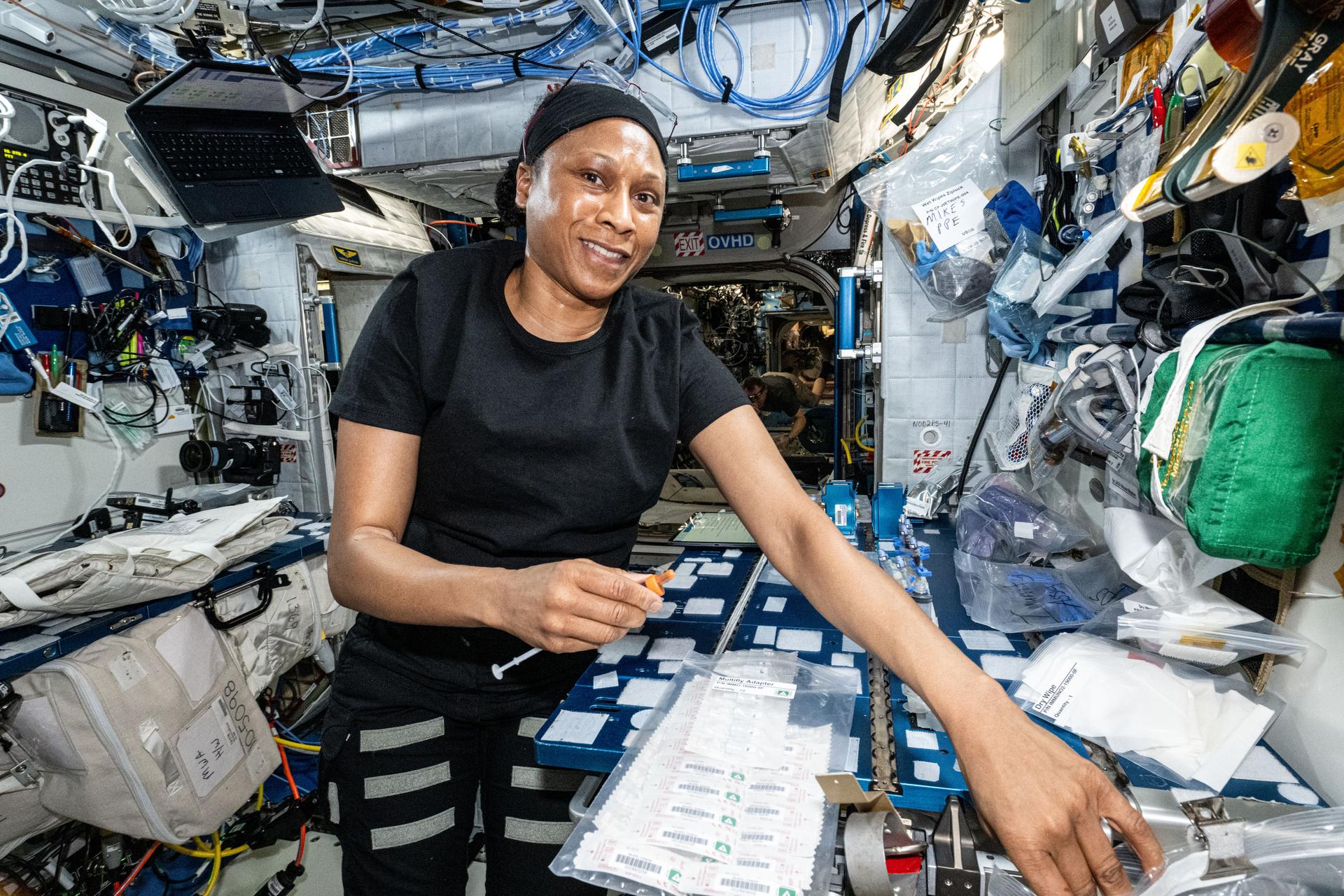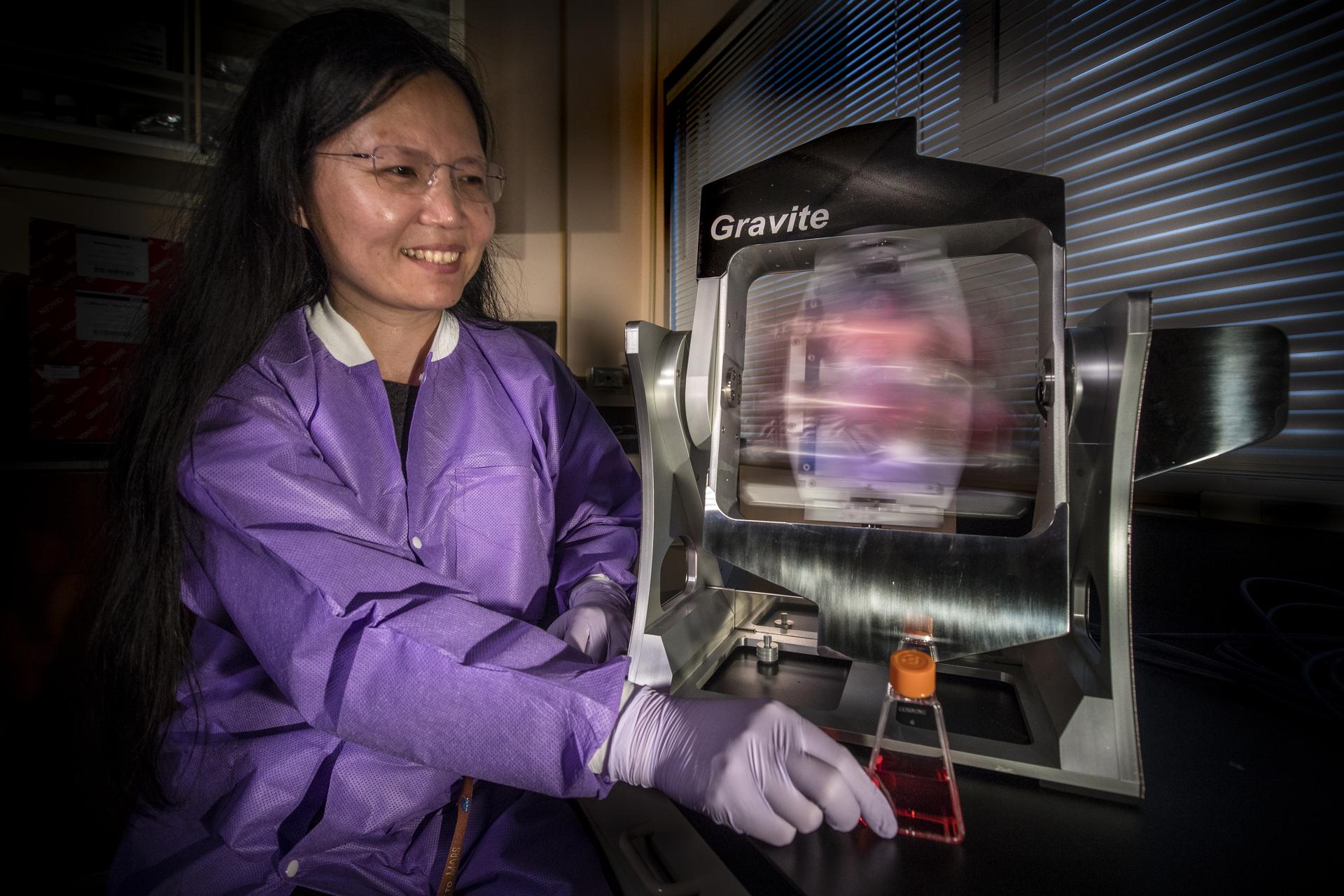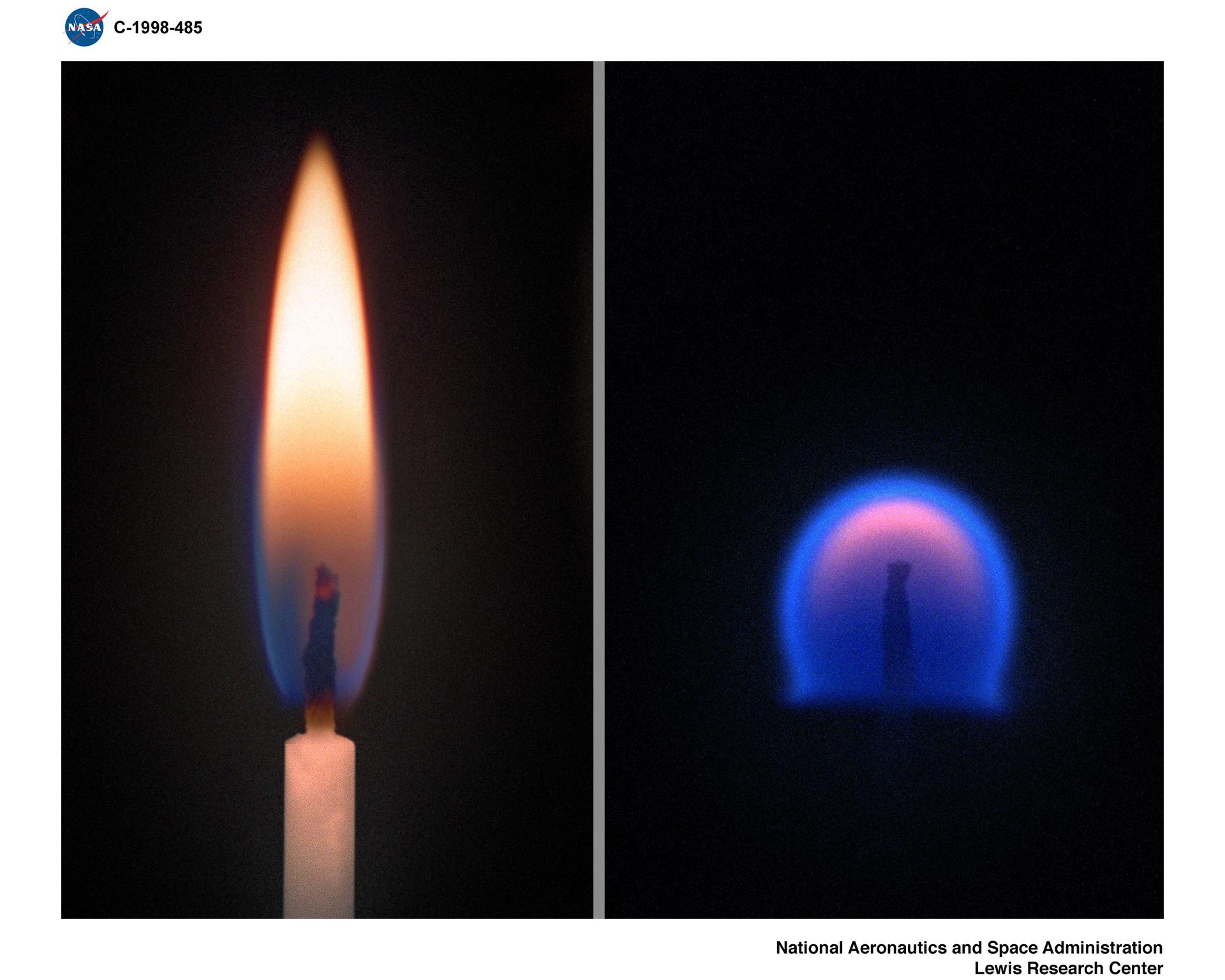Why is Fundamental Research in Space Important?

NASA is best known for sending astronauts to space and making groundbreaking discoveries about our solar system and beyond. But did you know about the pioneering research we’re doing that could lead to the prevention of and cures for diseases, such as cancer and heart disease? Or about the work we’re doing to reveal the mysteries of our universe through quantum research?
This science, known as “fundamental” or “basic” research, includes using space as a laboratory to probe our understanding of the fundamental laws of the universe. Doing experiments in space enables scientists to observe how phenomena behave in extreme conditions, including zero gravity and increased radiation.
Challenging our knowledge of the underlying causes of phenomena could lead to unforeseen discoveries that not only enable us to thrive in space, but also on Earth. Findings from NASA’s fundamental research can be “translated” or “applied” by many other organizations as well.
For example, within NASA, the Human Research Program uses data to better understand the effects of space on astronauts. Organizations like the National Institutes of Health, research institutions, and commercial companies can also utilize NASA’s fundamental research to advance biomedical, commercial, and consumer products.
While we cannot predict benefits to Earth, previous fundamental research has revolutionized our lives by laying the foundation for applications such as:
- Computers, cell phones, and GPS systems
- Hydroponic farming and LED grow lights
- Improvements in medicine, such as cancer treatments
- Technology improvements, such as rapid electric vehicle charging and greener combustion engines
Studying the Human Body in Microgravity
Through fundamental research conducted in the microgravity environment of the International Space Station, researchers are looking at some of the most life-threatening diseases on Earth and also how bone and muscles atrophy in space.
For example, without the interference of Earth’s gravity, Alzheimer’s researchers have studied protein clusters that can cause neurodegenerative diseases. Cancer researchers are garnering new insights on cell growth that could contribute to possible treatments and preventative measures for disease. Researchers are also testing drugs used to prevent bone loss and studying muscle function changes in microgravity.

Unraveling Mysteries of the Universe
At NASA’s Cold Atom Lab on the space station — the coldest place in the known universe — researchers are performing ground-breaking fundamental research on the quantum properties of atoms. The microgravity environment of space enables scientists to more easily study atoms than on Earth because they float weightlessly for longer periods. These studies aim to help solve mysteries related to gravity and advance technologies that aid aircraft and ship navigation on Earth.

Growing Nutritious Plants in Space
NASA is also conducting fundamental research on space-grown plants. Researchers are looking at taste, nutritional value, and growth rate of plants on the space station. The knowledge gained may enable humans to stay in space for long-duration space missions. It can also improve the efficiency and productivity of plant cultivation on Earth, as well as the nutritional value of crops.

Revealing Novel Behavior of Physical Phenomena
Scientists are also conducting fundamental experiments on how fluids and flames behave differently in space than on Earth. This research is critical for the safety of astronauts as we plant to travel to the more volatile environments of the Moon and Mars. It can also inform advancements in commercial space technologies such as in-space manufacturing.

Connecting Fundamental Research to Real-World Solutions
Fundamental research plays a critical role in the scientific and research community, as it enables a better understanding and knowledge of the Earth and the universe. That knowledge provides a foundation for more targeted research, known as applied research, aimed at developing and improving technologies to solve our most challenging problems.
Both types of research are critical to NASA’s mission of pioneering scientific discovery and enabling space exploration — and lead to innovations that affect our daily lives on Earth.
Related Resources:
NASA’s Biological and Physical Sciences Division conducts revolutionary research in extraordinary places. Our mission is to pioneer scientific discovery and enable exploration by using space environments to conduct investigations not possible on Earth. Studying biological and physical phenomenon under extreme conditions allows researchers to advance the fundamental scientific knowledge required to go farther and stay longer in space, while also benefitting humanity.
